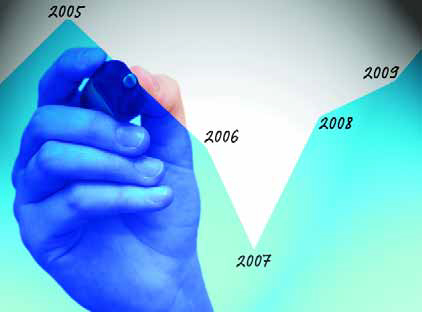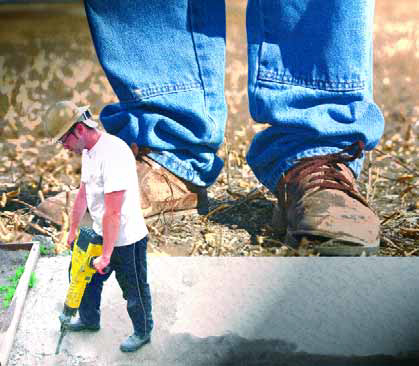Professional Watershaping
Have you ever turned down a client who really wanted to work with you and you alone? It's a hard thing to do, which is why most of us have found ourselves at one time or another saying "yes" despite the fact that we believe something the clients want simply cannot be done or, more important, that we've developed serious doubts about them. Just at that point where we really need to sit them down and tell them to go away, many times we'll freeze - and here's the usual reason why: "If I tell them 'no,' then they'll just get someone else to do it and I'll lose the job!" Giving in to this fear of losing a project and letting apprehension guide our decisions in place of any faith we might have in our common sense or experience is
Have you ever turned down a client who really wanted to work with you and you alone? It's a hard thing to do, which is why most of us have found ourselves at one time or another saying "yes" despite the fact that we believe something the clients want simply cannot be done or, more important, that we've developed serious doubts about them. Just at that point where we really need to sit them down and tell them to go away, many times we'll freeze - and here's the usual reason why: "If I tell them 'no,' then they'll just get someone else to do it and I'll lose the job!" Giving in to this fear of losing a project and letting apprehension guide our decisions in place of any faith we might have in our common sense or experience is
All of us who started our own businesses decided at some point what our companies would be: We chose a focus, set guiding philosophies, developed credos, defined a company culture, settled into a working style and pursued success. One of the most important calls each of us made along the way had to do with how large or small our organizations would be. In fact, this decision has a lot to say about how any business runs and appears to the outside world: It influences the volume of business that can be accommodated, dictates management style, narrows or broadens the organizational structure and ultimately
All of us who started our own businesses decided at some point what our companies would be: We chose a focus, set guiding philosophies, developed credos, defined a company culture, settled into a working style and pursued success. One of the most important calls each of us made along the way had to do with how large or small our organizations would be. In fact, this decision has a lot to say about how any business runs and appears to the outside world: It influences the volume of business that can be accommodated, dictates management style, narrows or broadens the organizational structure and ultimately
In my first WaterShapes column last month, I made the point that small jobs can and should be pursued with every bit as much creativity and energy as large ones. No matter the size of the job, my task as designer and installer is to make all of my clients happy by sharing with them the value, joy and comfort of which watershapes and landscapes are capable. Indeed, making that happen is my charge from initiation of the design process right through any changes and adjustments and all the way up to the final washing of the driveway and topdressing of any damaged sections of lawn. On any scale or level, what I've noticed is that the smallest projects are quite often
In my first WaterShapes column last month, I made the point that small jobs can and should be pursued with every bit as much creativity and energy as large ones. No matter the size of the job, my task as designer and installer is to make all of my clients happy by sharing with them the value, joy and comfort of which watershapes and landscapes are capable. Indeed, making that happen is my charge from initiation of the design process right through any changes and adjustments and all the way up to the final washing of the driveway and topdressing of any damaged sections of lawn. On any scale or level, what I've noticed is that the smallest projects are quite often


















